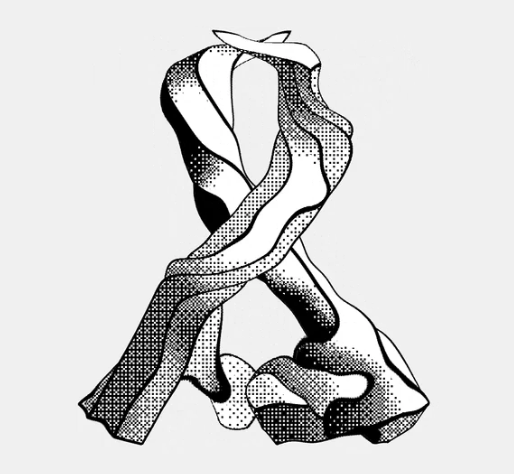

102·
2 months agoThe chances of a deal are said to be weeks away, if not non-existent.
What kind of non-sentence is that?


The chances of a deal are said to be weeks away, if not non-existent.
What kind of non-sentence is that?


A couple of ideas:
Holography is often used to record information from the real world, and in that process it’s impossible to record the light’s phase during the encode step. Physicist’s call it “the phase problem” and there are all kinds of fancy tricks to try to get around it when decoding holograms in the computer. If you’re simulating everything from scratch then you have the luxury of recording the phase as well as the amplitude - and this should make decoding much easier as a result!
Looked up “cromulent” in the dictionary. Wasn’t disappointed!!